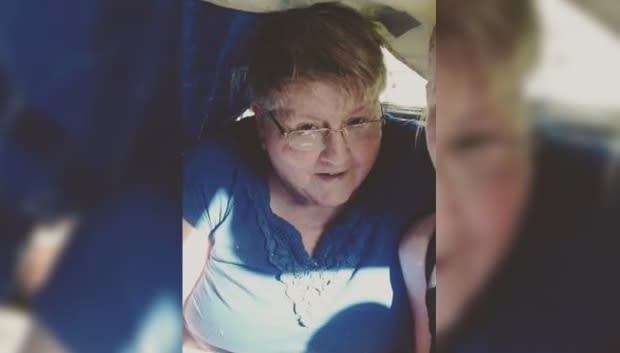Sask. should 'lower privacy bar to serve greater good,' says health analyst
A health policy analyst says the Saskatchewan government should be sharing more specific information about positive COVID-19 cases.
"I would lower the bar the bit on the protection of privacy in order to serve a greater good," Steven Lewis said.
"I think every bit of hard information should be made public. I've seen no arguments to conceal any of it."
As of Friday, Saskatchewan's disclosure splits the province into six regions and breaks down cases by four age groups but not by sex.
Lewis said disclosing where cases are, even in smaller communities, helps the public.
"[For example], say there are three cases in Melville, Saskatchewan. That doesn't on the surface interfere with anybody's privacy. You haven't named them," Lewis said.
"I think the privacy issue is a little bit complicated but when you are in a crisis situation you have to weigh the public benefit against any intrusion on somebody's privacy."
Lewis said researchers still don't know "how lethal this virus is," despite data from around the world.
'More is better under the circumstances': Sask. privacy commissioner
Saskatchewan information and privacy commissioner Ronald Kruzeniski said the province could provide more details on personal COVID-19 cases.
"They can provide information regarding how many are sick or pass away in a city, town, municipality, area or region. I would encourage as much transparency as is possible. More is better under the circumstances we are now in," Kruzensinki said.
"Of course, giving someone's name and address as being affected would be going too far. Yes and maybe in small communities indicating one person is affected would identify the person. In those instances, there are work-arounds such as saying, 'one person in the Ituna vicinity,' or 'one person north of White City.'"
Victim's family says 'don't hide' information
One of the first Saskatchewan residents to fall victim to the virus was 75-year-old Alice Grove of North Battleford.
Grove died Saturday. Her test results came back positive for COVID-19 a day later.
Her sister Eleanor Widdowson said she believes her sister would have acted more cautiously had she been told COVID-19 was present in North Battleford.
"Don't hide where these cases are," Widdowson said.

Saskatchewan's chief medical health officer, Dr. Saqib Shahab, said people should be acting as though the coronavirus is everywhere, no matter what community they live in.
Moe pledges increased transparency
Over the last week, Saskatchewan Premier Scott Moe has asked the public to be "gracious" as the province navigates what information about COVID-19 it makes public.
Last Wednesday, he promised more transparency. A day later the government released more detailed information, including numbers for hospitalizations, intensive care admissions and recoveries by region.
But after the first two patients died due to complications from COVID-19, the region of the death was removed from the province's table.
On Friday, the province provided the region where the death occurred in its recent update.

Provinces do not report information uniformly. Alberta, for example, has positive cases broken down in small age groups by sex and region.
Twice during his press conference on Thursday, Premier Moe promised to share more information publicly.
In regards to specific cases, Moe said the province shared information about corrections workers testing positive.
Ontario and Alberta are among the provinces which have disclosed how many health care workers have tested positive.
"It would be the expectation of the government that where we can disclose these numbers such as health care workers that have tested positive that we would do that through the media to the public. It's important to be as transparent as we possibly can," Moe said.
Opposition Leader Ryan Meili called for more public information Thursday.
"The more people know during the pandemic, the better they'll be able to make wise decisions. Saskatchewan people are doing everything they can to keep themselves and their communities healthy. Let's trust them with as much information as possible," Meili said.
In a statement to CBC, a spokesperson for Moe said, "both the Premier and the Minister of Health have an active interest in ensuring the public has as much information as possible, and have been working in coordination with senior health officials to ensure Saskatchewan continues to be transparent with information and data regarding COVID-19 in our province."
On Friday, Shahab said "I think that absolutely it would be a very risky assumption if people looked at a map or a table and said, 'Oh, well, you know — I'm OK in this part of the province.'"
Shahab said the risks exist everywhere regardless of disclosure but added as cases rise, the details may become more specific.
SHA to release modelling data next week
Moe agreed with comments made by Ontario Premier Doug Ford on Thursday, who said the public should see the modelling information he has seen.
Moe said the SHA would provide modelling numbers to the public "early next week."
Prime Minister Justin Trudeau was asked this week why the federal government is not sharing its modelling projections. He said on Friday the provinces needed to provide more information to the federal government.
"We need to make sure we have a better grasp on the accuracy of the data before we put projections out there," Trudeau said.


